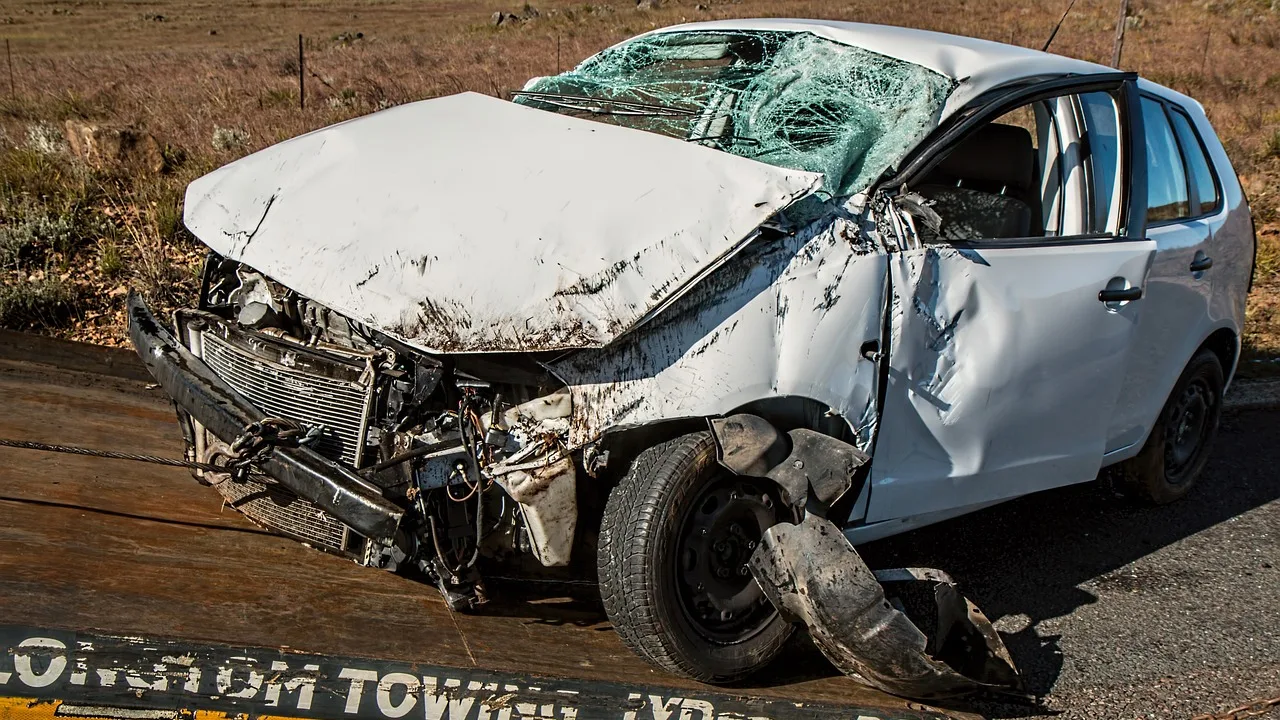The frequency of motor vehicle accidents in the United States remains a significant concern, with millions occurring annually. The US experiences nearly 6 million auto accidents annually, with an estimated 3 million injuries, according to the National Highway Traffic Safety Administration (NHTSA). Shockingly, these accidents claim the lives of over 30,000 people annually, making motor vehicle accidents a leading cause of death and injury nationwide.
How often does a motor vehicle accident occur in the US?
Car accidents are a major threat to safety in the United States, resulting in injuries and fatalities. According to recent data and authorities, at least 7.3 million motor vehicle accidents occur each year across the nation. To put it simply, approximately 19,937 crashes occur each day.
Trends and Patterns
Despite ongoing efforts to improve road safety, the frequency of motor vehicle accidents persists due to various factors. Trends indicate fluctuations influenced by changes in traffic patterns, weather conditions, and advancements in vehicle safety technology. While some years may see a slight decline in accidents, the overall trend remains relatively consistent, underscoring the complexity of addressing this pervasive issue.
Demographic Influences
Demographics play a significant role in the occurrence of motor vehicle accidents. Young drivers, particularly those under 25 years old, are disproportionately involved in accidents compared to older, more experienced drivers. Additionally, males tend to be overrepresented in accident statistics. Factors such as inexperience, risk-taking behavior, and higher levels of testosterone contribute to this disparity. Urban areas also report higher accident rates due to increased traffic congestion and diverse road conditions.
Geographical Variances
The frequency of motor vehicle accidents varies across different regions of the United States. Urban areas, characterized by higher population densities and complex traffic infrastructure, often experience more accidents than rural areas. However, rural regions may have higher fatality rates per accident due to higher speeds, limited access to emergency medical services, and longer response times.
Causes of Motor Vehicle Accidents
Understanding the root causes of motor vehicle accidents is crucial for developing effective prevention strategies. Common causes include:
Distracted Driving: The danger of accidents increases when drivers are distracted from the road by eating, grooming, using mobile devices, or partaking in other activities.
Impaired Driving: Operating a vehicle under the influence of alcohol, drugs, or certain medications impairs judgment, reaction time, and coordination, contributing to a significant number of accidents and fatalities each year.
Speeding: Driving at speeds exceeding posted limits or too fast for road conditions reduces the driver’s ability to react to hazards and increases the severity of accidents.
- Audi GT50 Concept: A Loud Reminder of Why Car Enthusiasts Fell in Love With Audi
- Nearly 30% of UK Drivers Believe Car Tax Should Be Based on Mileage — Survey
- Why Planes and Boats Escaped the Luxury Tax But Cars Didn’t
- Australia’s Headlight Confusion: Authorities Warn Drivers After Viral $250 Headlight Rule Goes Wild Online
- 2025 Hyundai Venue Facelift Launched in India – Full Details, Variants, and Price
Weather Conditions: Adverse weather, including rain, snow, ice, fog, and high winds, can impair visibility and road traction, contributing to accidents.
Failure to Obey Traffic Laws: Breaking traffic signals, stop signs, lane markings, and other traffic laws puts other drivers in danger and raises the possibility of crashes.
Mitigation Efforts
Efforts to mitigate the frequency of motor vehicle accidents encompass a range of strategies and interventions:
Education and Awareness Campaigns: Public awareness initiatives aim to educate drivers about the dangers of risky behaviors such as distracted and impaired driving, promoting safe driving practices, and fostering a culture of responsibility on the roads.
Enforcement of Traffic Laws: Law enforcement agencies enforce traffic laws through speed limits, sobriety checkpoints, and seat belt enforcement to deter unsafe driving behaviors and hold violators accountable.
Advancements in Vehicle Safety: Technological advancements in vehicle safety features, such as automatic emergency braking, lane departure warnings, and adaptive cruise control, help mitigate the severity of accidents and prevent collisions.
Infrastructure Improvements: Investments in road infrastructure, including road design enhancements, traffic signals, signage, and pedestrian safety measures, contribute to reducing accident rates and creating safer environments for all road users.
Community Engagement: Communities, governmental organizations, educational institutions, corporations, and advocacy groups collaborate to advance a culture of safety and accountability on the roads, enabling people to prioritize road safety and make well-informed decisions.
Conclusion
The frequency of motor vehicle accidents in the United States reflects a complex interplay of factors, including demographics, geography, human behavior, and societal norms. Despite advancements in technology and concerted efforts to improve road safety, the prevalence of accidents remains a pressing public health concern, with significant implications for individuals, families, and communities nationwide.
By working collaboratively and prioritizing road safety as a shared responsibility, we can strive to reduce the frequency and severity of motor vehicle accidents, ultimately saving lives and promoting the well-being of society as a whole.
